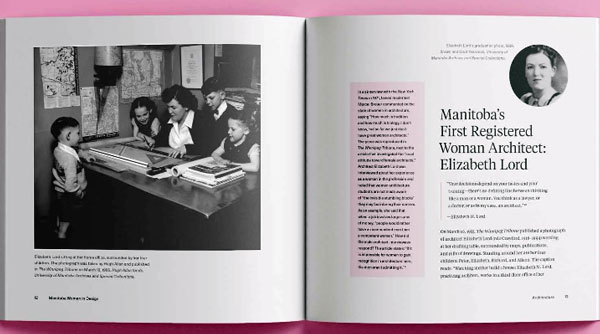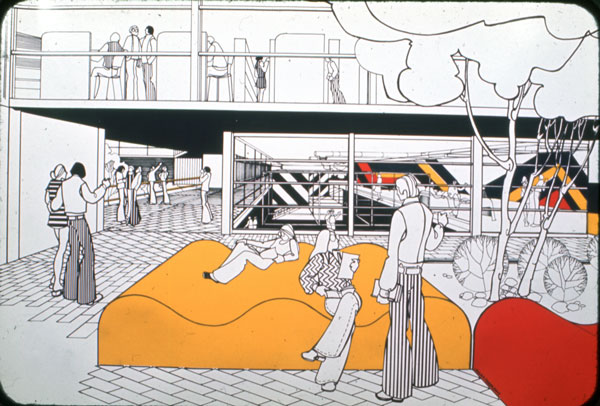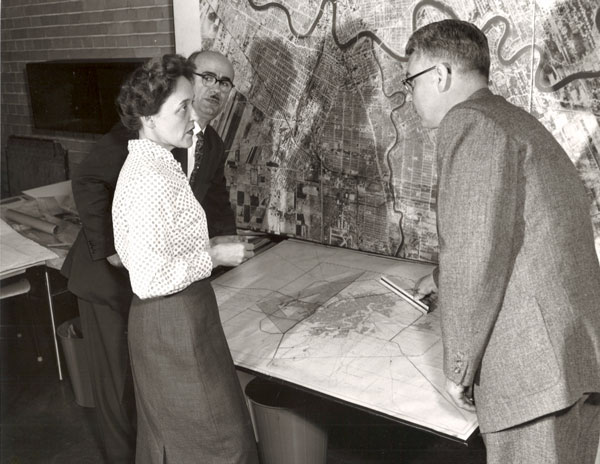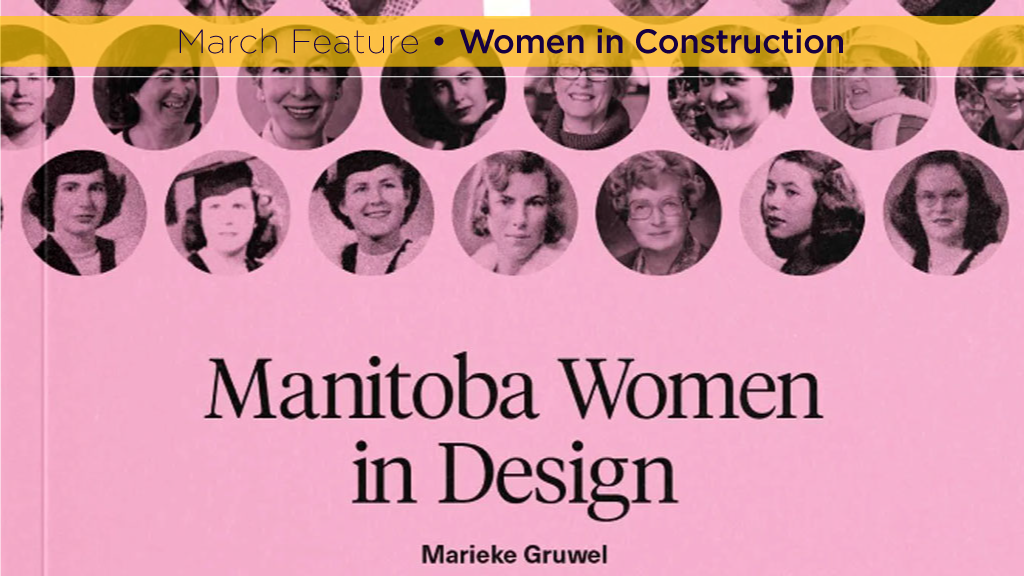Women were late entering the architecture, engineering and construction fields in Canada.
Some of the first to do so have been out west.
A book hot off the press recounts the contributions of Manitoba women to design in its early days.
Published by the Winnipeg Architecture Foundation (WAF), Manitoba Women in Design tells the story of women’s contributions to Manitoba’s built environment in the 20th century.
The women worked across the province – not only in Winnipeg – as architects, interior designers, landscape architects, planners and engineers.
Marieke Gruwel, executive director of WAF, wrote the book.

“Their contributions are an important part of the history of Manitoba and our built environment, and they deserve to have their contributions recognized,” said Gruwel.
The idea for the book came up several years ago.
“After doing research into some of the women in the book, I uncovered the names of so many others who worked in design but who have gone unrecognized,” said Gruwel.
Manitoba Women in Design is not intended to be an exhaustive history of the subject, but a first step to further research.
“There is lots more work to do,” she said. “I hope the research continues, as it is far from done.”
The book is divided into five chapters: Architecture, interior design, planning, landscape architecture and engineering.

“There are dozens of women profiled in the book, with a focus on the middle decades of the 20th century,” said Gruwel. “The book looks at the early days of the design professions in Manitoba.
“For example, the architecture school at the University of Manitoba (U of M) was established much earlier than the landscape architecture program.”
In order to qualify for inclusion in Manitoba Women in Design, the women had to have a legitimate connection to the province.
“That could be through their education or their work,” said Gruwel. “There wasn’t a formal selection process, however. My hope was to showcase the women I found and to document their names so that more research could be done in the future.”
The author made use of many different sources of information for the book: WAF’s own records collection, local newspaper archives, the U of M’s Brown and Gold yearbooks and the University of Winnipeg’s Oral History Centre.
Gruwel also contacted dozens of family members and former colleagues.
“In special cases, I was able to conduct oral histories with some of the women featured in the book, or access oral histories that had been conducted by the architecture foundation in prior years,” she said.
Family members were also a source of information.

“For example, two of Elizabeth Lord’s granddaughters shared photographs of her projects, her sketchbooks and stories about Lord that really helped my research,” said Gruwel. “It was very much a ‘follow the breadcrumbs’ research project.”
Elizabeth Lord (née Crawford, 1918-1994) was the first woman to register as an architect in Manitoba in 1944. She had received her bachelor of architecture from the U of M in 1939.
Manitoba was also an early leader in interior design.
The U of M had the first diploma followed by the first baccalaureate in interior design in the country.
“The program was closely allied with architecture, which also made it unique in North America,” said Gruwel. “Women like Joan Harland – who actually received a B.Arch from U of M after finding out McGill did not admit women into its architecture program at the time – were leaders in interior design education across the continent.”
In landscape architecture, Cynthia Cohlmeyer was the first woman to graduate with a master of landscape architecture from the U of M and was the first woman to earn this degree from a Canadian post-secondary institution.
One of Cohlmeyer’s favourite projects is The Forks.
“This public space, set at the junction of two rivers, is historically and currently Winnipeg’s meeting place,” she said. “I worked with Cohlmeyer Architecture with the goal to create a place where visitors would be comfortable and to which they would return again and again. This they do.”
Author Gruwel said Manitoba Women in Design has been in the works for a long time.
In 2017, WAF hosted the exhibit Women in Design and also a Women in Art and Design wiki-edit-a-thon.
“In 2018, I curated an exhibit for WAF called Cover Girls: Women, Advertising, and Architecture, which explored the ways women were depicted in advertisements that appeared in Canadian architectural magazine and journals published between 1950 and1975,” said Gruwel.
Manitoba Women in Design is available for $35 at the WAF shop.



Recent Comments
comments for this post are closed